





BREEZE PROJECT
Commonlands LLC, a Pittsburgh startup, tasked us, a team of four MHCI students, to create an elegant solution for nature lovers. This project spanned 4 months and resulted in a web application as seen in the pictures above. I took on the role of a project lead and in this role, I ensured that the project ran smoothly, in time, and kept the teams focus. I also constantly communicated with the founders of Commonlands to update them of our progress and also get insights of their vision. I worked on all aspects of the project, taking the lead on research, wireframing, and final design language.
Project Goal
The goal was to understand what is important to people who want to enjoy government recreational lands and create a unified solution that provides a positive and engaging experience.
Process
Research
We kicked off our project with field research, speaking to people in parks, in a nature museum, and an indoor rock-climbing facility. This significantly boosted our understanding of people who loved to travel and live in the wilderness.
People at a park enjoying sliding down the snow
In parallel to the field research, we also wanted to understand the vision of Commandlands' founders. We invited them to a brainstorming session where we picked their brain through 2 design activities: 'I like/I wish' and 'Design the box'.
An I like/I wish session involves participants to quickly jot down on post-it notes things that they like about current solution and things they wished the future system would do. With these notes, we create an affinity diagram to group the thoughts and to bubble us the most important considerations.
A Design the box session is one in which the participants are given a blank box as a canvass and told to consider the box as their future solution. We asked our founders to draw their vision of the solution. This helped them to show us their thoughts through drawings and we were able to get a tangible understanding of the task.
After brainstorming with the founders and gaining a concrete understanding of the vision, we then set out to talk to serious nature travelers. We spoke to 6 people who were extremely adventurous in their travels. We spoke to them in depth about their planning process, their journey to the destination, their survival tactics in the wilderness, and their passion.
Analysis and Visioning
Armed with massive amounts of research data, we set out to cohesively understand the needs of our target segment. We gathered data from people who were casual travelers, and extreme nature enthusiasts, and everyone in between. After analyzing the data through affinity diagrams and flow charts, we created multiple visions to address all of the identified pain points and needs.
Wirefaming
We started with paper prototype and then created wireframe to illustrate the solution.
Final design
After finalizing the flows and information architecture, we created the final prototype as illustrated in the slide show at the top of this page.











